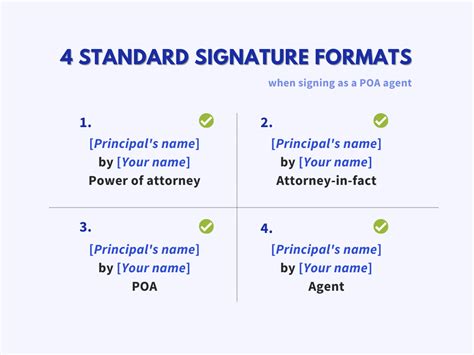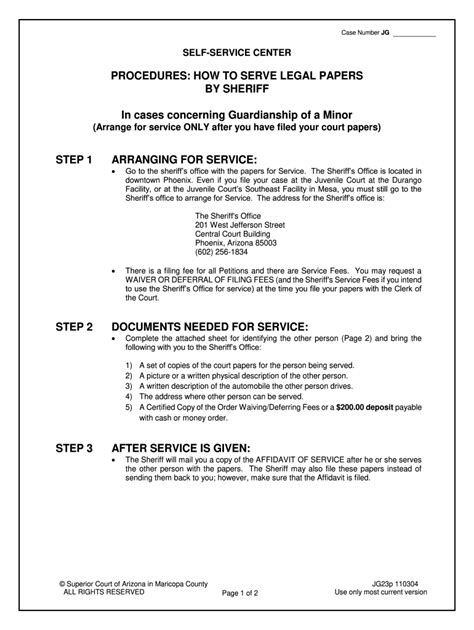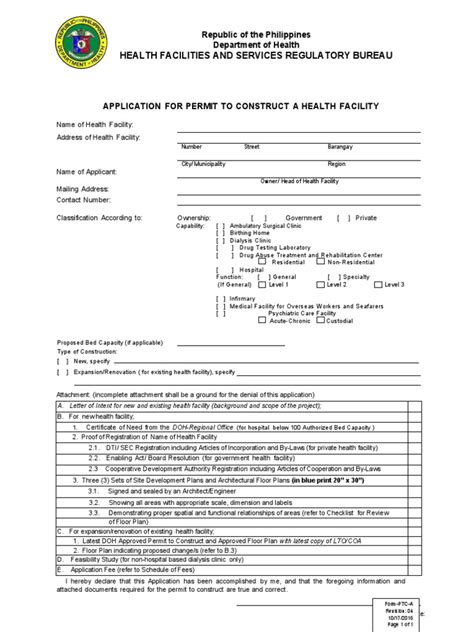5 Forms New Board Members Fill
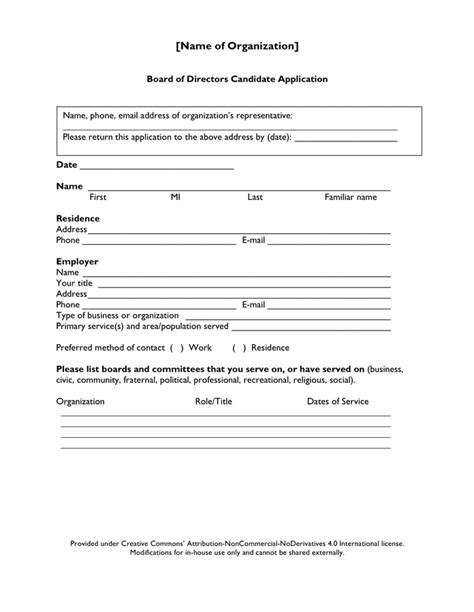
Introduction to New Board Members
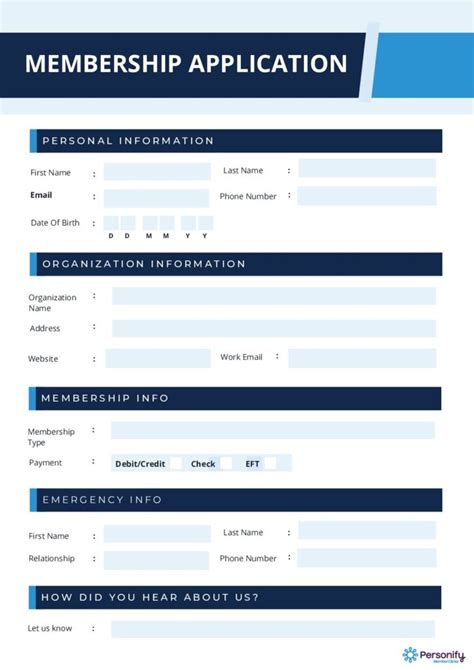
When a new board member joins an organization, it is essential to ensure they have all the necessary information and tools to perform their duties effectively. One of the critical steps in this process is completing the required forms. These forms help the organization gather essential information about the new board member, ensure compliance with regulatory requirements, and maintain accurate records. In this article, we will discuss five forms that new board members typically need to fill out.
Form 1: Director’s Consent and Authorization Form
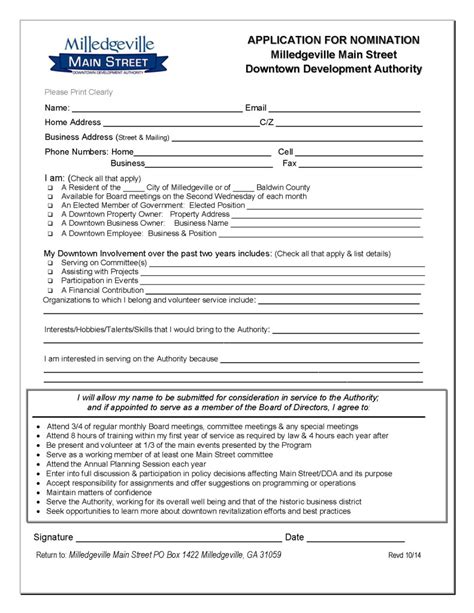
The Director’s Consent and Authorization Form is a crucial document that new board members must complete. This form typically includes:
- Consent to act as a director of the organization
- Authorization to access confidential information
- Agreement to comply with the organization’s policies and procedures
Form 2: Confidentiality and Non-Disclosure Agreement
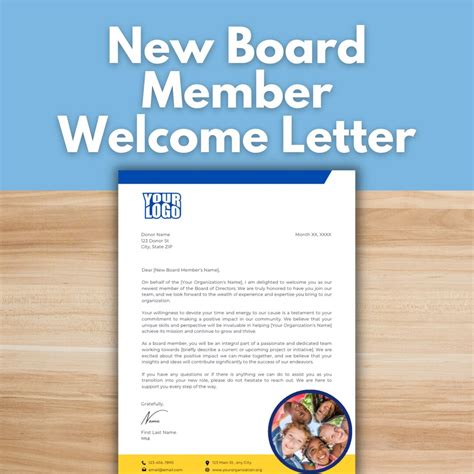
The Confidentiality and Non-Disclosure Agreement is designed to protect the organization’s sensitive information. This form requires new board members to:
- Keep confidential all information related to the organization
- Not disclose any confidential information to unauthorized parties
- Return all confidential documents and materials upon termination of their directorship
Form 3: Conflict of Interest Disclosure Form
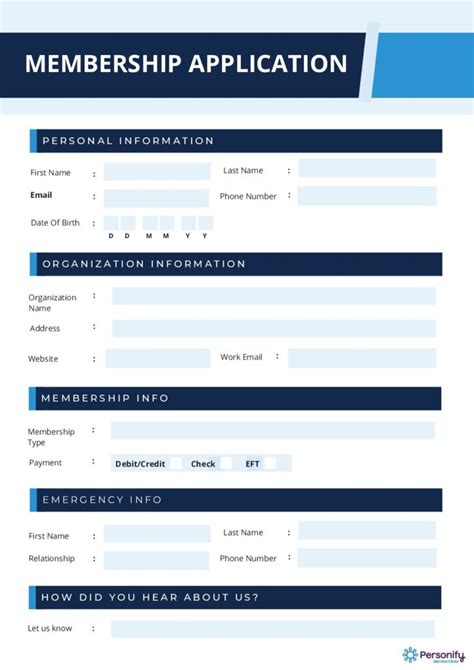
The Conflict of Interest Disclosure Form is used to identify potential conflicts of interest that may affect a new board member’s decision-making. This form typically asks about:
- Any personal or professional relationships with the organization or its stakeholders
- Any financial interests that may influence their decisions
- Any other potential conflicts of interest
Form 4: Director’s Information Form

The Director’s Information Form is used to gather essential information about new board members, including:
- Contact information (address, phone number, email)
- Professional background and experience
- Education and qualifications
- Other relevant information
Form 5: Code of Conduct Acknowledgement Form
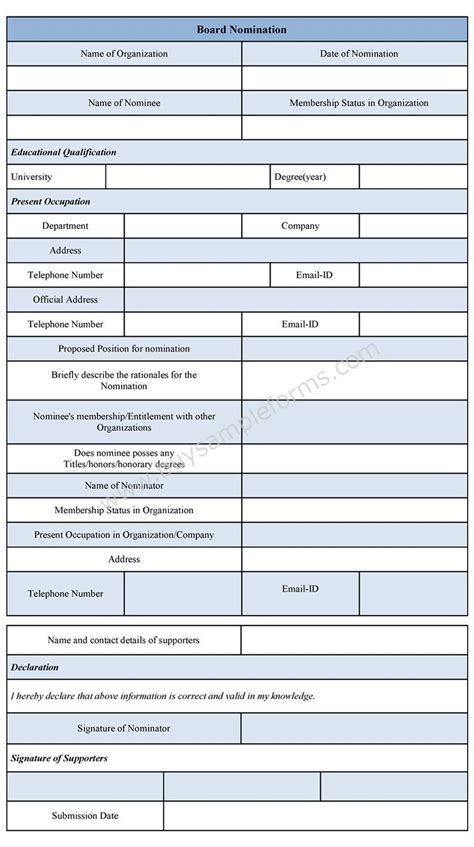
The Code of Conduct Acknowledgement Form requires new board members to acknowledge and agree to comply with the organization’s code of conduct. This form typically includes:
- Acknowledgement of the code of conduct and its principles
- Agreement to comply with the code of conduct and report any violations
- Understanding of the consequences of non-compliance
📝 Note: These forms may vary depending on the organization's specific needs and requirements. It is essential to review and customize the forms to ensure compliance with relevant laws and regulations.
To illustrate the types of information that may be required, the following table provides an example of the types of forms and information that new board members may need to complete:
| Form | Purpose | Required Information |
|---|---|---|
| Director's Consent and Authorization Form | Consent to act as a director and authorization to access confidential information | Signature, date, and contact information |
| Confidentiality and Non-Disclosure Agreement | Protection of confidential information | Signature, date, and acknowledgement of confidentiality obligations |
| Conflict of Interest Disclosure Form | Disclosure of potential conflicts of interest | Information about personal or professional relationships, financial interests, and other potential conflicts |
| Director's Information Form | Gathering essential information about new board members | Contact information, professional background, education, and other relevant information |
| Code of Conduct Acknowledgement Form | Acknowledgement and agreement to comply with the organization's code of conduct | Signature, date, and acknowledgement of the code of conduct and its principles |

In summary, the five forms that new board members typically need to fill out are designed to ensure compliance with regulatory requirements, maintain accurate records, and protect the organization’s sensitive information. By completing these forms, new board members can demonstrate their commitment to the organization’s values and principles and ensure a smooth transition into their new role. The key takeaways from this discussion are the importance of completing the required forms, the types of information that may be required, and the need to review and customize the forms to ensure compliance with relevant laws and regulations. Overall, the completion of these forms is a critical step in the onboarding process for new board members, and it is essential to ensure that they are completed accurately and thoroughly.
